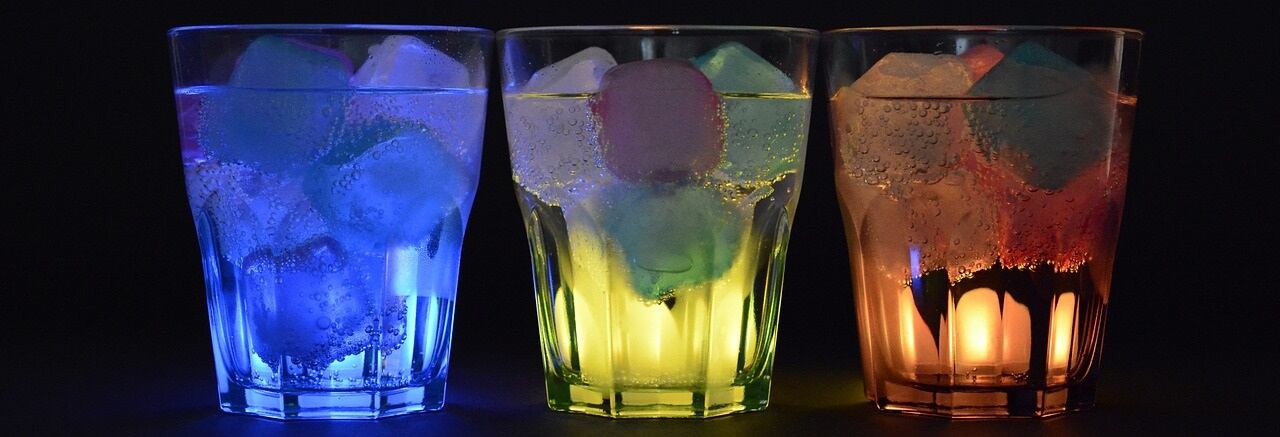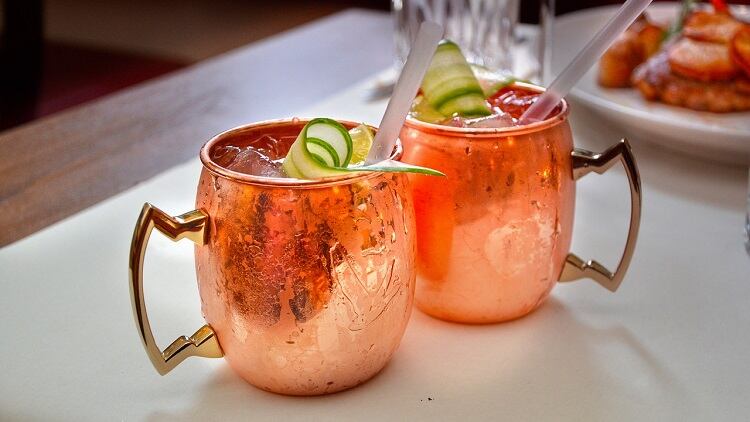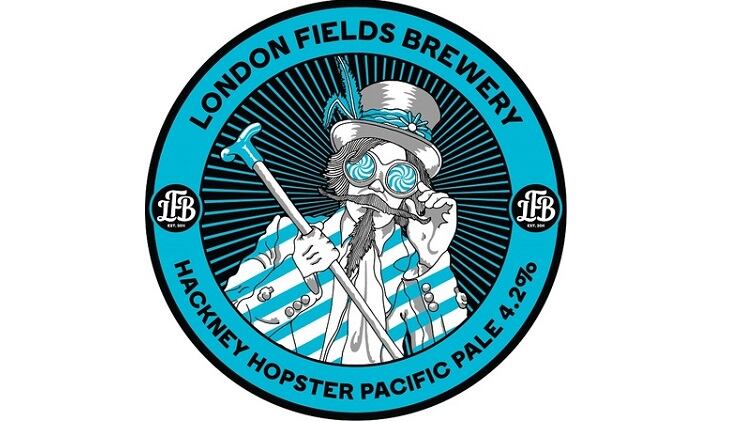Trends in the mixers category include low-sugar options, drinks that complement dark spirits and products used in lower alcoholic long drinks. Drinkers want to experiment with different blends of spirits and mixers and are keen to excite with taste profiles.
Operators can take advantage of customers’ curiosity through designing signature cocktails exclusive to their sites, according to Amy Burgess of Coca-Cola European Partners (CCEP).
“Putting a unique twist on classic favourites is another great way to personalise serves and make a venue’s cocktail offering more appealing to consumers,” she says.
Savoury, smoky, sour or bitter cocktails are enjoying the limelight while sugary mixers are on the back foot, according to Burgess. Consumers have become more adventurous in their choices but remain conscious of the sugar content of what they are ordering.
“It’s not just intriguing flavour concoctions that appeal to consumers, operators can excite consumers’ senses by experimenting with varied textures such as jelly, foam and effervescence. They can also create ‘cocktail theatre’ to add to the experience, by incorporating dry ice and colour changing elements.”
Such an element of learning can be placed at the forefront of how mixer options are presented to customers, agrees Jen Draper, marketing director at Global Brands, which operates the Franklin & Sons range.

Sharing is caring
Customers are looking for drinks they can share with their friends, be it in the bar immediately, later on in conversation, or on social media.
“Shareability means different things to different people,” Draper explains. “There’s a real drive for people to try new things and then be that person that is able to talk about it, almost in the way people talk about wines and pairings.”
“People want to be able to share these beautifully created cocktails or gin and tonics on Instagram and they want to say ‘hey, this is amazing, look at what I’m drinking, it’s paired with this, this and this’,” she says.
Even people who do not use social media are still eager to share their experience by creating “serve envy around the table” or being able to impart knowledge later on.
It is important that operators are able to offer premium products and charge a premium price point, Draper says.
“Premiumisation isn’t something that is going to go away but I think what people potentially see as premium now is changing slightly. While it was just a tonic, what people are looking for now is that next level of discovery.”
The classic combination of gin and tonic isn’t cutting it anymore, as many consumers look for something different, Draper says.
“Consumers are comfortable within a category or within a product like tonic water and that means they want to experiment and try new things and discover new flavour pairings,” she says.
Alcohol moderation
Pubgoers are willing to pay extra if they feel like an experience is worth it, she believes.
Mixers can also be used as part of an appeal to people abstaining from drinking or those aiming to moderate their alcohol intake.
More than ever before, customers are looking for low-sugar options and new flavours, according to Alex Jollivet from Long Tail Mixers.
Since launching last year, the brand team has been surprised by the level of enthusiasm from non-drinkers.
Jollivet explains: “Something we have found at events is that a lot of people, who don’t drink or who are pregnant, say ‘this is such a refreshing, nice, light, low-sugar, drink that I would enjoy as my nice soft drink at Christmas, while everyone is having strong alcoholic stuff’.”

Continental style
Non-drinkers and drinkers alike are beginning to shun soft drinks high in sugar, as health consciousness takes on a more prominent role in how people make food and drink choices. There is also a growing openness to drinking spirits at a lower ABV, according to Draper. Younger drinkers, in particular, want to moderate with different strengths of drinks over the course of an evening.
Just under one third of customers said they regularly opted to drink non-alcoholic drinks at the start of a night out or alternated, in a Global Brands survey.
“We are seeing more Spanish and Italian drinking habits in the UK. Such as aperitivo types of drink. It’s essentially the drink that you want to be able to go out and have several of without having what are deemed to be adverse effects from either the alcohol or a lot of sugar,” Draper explains.
For non-drinkers too, the world is not limited to a standard set of soft drinks.
In fact, Draper from Global Brands, believes there is always a chance to upsell to non-drinkers.
“A real area of opportunity for publicans is offering more variety because people naturally just go to cola or lemonade from the gun. There’s so much more that can be done with that, both to satisfy consumer needs but also to drive margins for retailers at the end of the day,” she says.

Progress for rum
For drinkers, it is essential to have a strong dark spirit offer. Sales of rum were up 11% in 2017 and the rum revival could mark the beginning of dark spirits overtaking the popularity of gin. Jollivet says the creation of his company, founded with his childhood friend Tom Wiggett, came about after his own preference for rum above gin when at the pub.
“All the pairings we had were rum and coke, and rum and a type of sugary soft drink,” he explains.
“We thought there should be a bit more choice and then we went on holiday to the Caribbean and we were having these amazing rum long drinks with different recipes.”
“If you look at the gin world, and premium gins and tonics, there are some amazing brands out there and there is so much choice and different flavours, but when it came to dark spirits you didn’t have that choice,” he says.
Seasonality is important
It is important to think seasonally about mixers in this spirit category, argues Coca Cola’s Burgess. She recommends stocking a ginger ale mixer in the summer – such as Schweppes 1783 Golden Ginger Ale – for use in Dark ’n’ Stormy cocktails.
“Schweppes 1783 Muscovado is crafted by mixologists and naturally flavoured to deliver Christmassy flavours of vanilla, caramel and butterscotch to perfectly enhance the taste of dark spirits like rum,” she recommends for the winter months.
A good mixer is one that enhances and complements the flavour of a spirit, rather than overpower it, according to Jollivet. This links to consumers’ preferences for low-sugar options, especially within the dark spirit category.
“We wanted to create drinks that don’t overpower the spirit but enhance and complement the flavour notes,” he says.
Pear & Elderflower Fizz
This delicate drink combines classic flavours for the perfect year-round cocktail.
Ingredients
■ 50ml vodka
■ 20ml Teisseire Passion Fruit
■ 175ml R White’s Pear & Elderflower Lemonade
■ 5ml fresh lemon juice
Method
■ Fill a highball glass with cubed ice
■ Add the vodka and lemon juice
■ Add Teisseire Passion Fruit
■ Top with R White’s Pear & Elderflower Lemonade
“When we develop the mixers, we always use a single shot of a dark spirit so you should be able to identify exactly which rum or whisky or Bourbon it is you are drinking with our mixers.”
Follow Gen Z’s tastes
So what are the up-and-coming flavours?
Brands have been branching out into unique taste profiles, with tangy blood orange, floral hibiscus, and rhubarb on the market.
However, this curiosity is a generational trend. Gen Z is far more likely to order cocktails containing lavender, chamomile, yuzu, kombucha and basil than their older counterparts, according to research by Global Brands.
Factors like sugar content and the experience of a drink are seemingly more important to drinkers than innovative flavours, though these can serve as a way to distinguish your venue from others.




